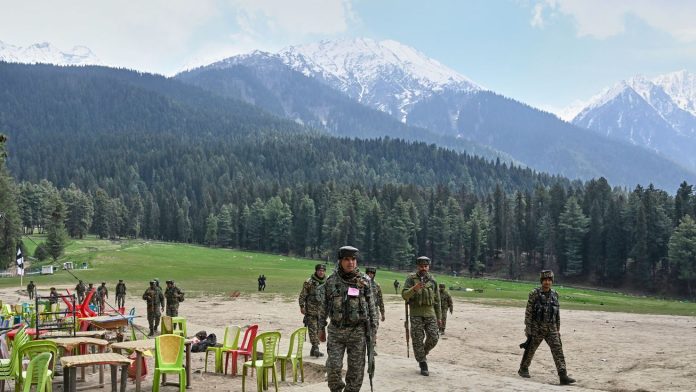The Pakistan Association of Tour Operators (PATO) on Wednesday assured domestic and foreign tourists that Pakistan’s tourist destinations are safe and open following the announcement of a ceasefire between Pakistan and India.
“The fog of war that was hanging over the horizon has lifted,” Pato Chairman Niaz Ahmed said in a statement. He noted that both countries had agreed to resolve their differences peacefully with the help of the international community.
Ahmed said that tourism across Pakistan had resumed and tourists could visit places such as K2, Nanga Parbat, Gilgit-Baltistan, as well as the Swat and Chitral valleys in Khyber Pakhtunkhwa province. He added that tourist regions, including Gilgit-Baltistan, Chitral, Swat and major cultural centres such as Lahore, Islamabad and Karachi, were “safe, peaceful and open to visitors.”
“The climbers’ paradise — the Saltoro/Baltoro glaciers and the Karakoram range, including K2 — are also safe and peaceful for mountaineering expeditions,” Ahmed said. He also mentioned that celebrations are planned this year to mark the 75th anniversary of the first ascent of Tirich Mir in Chitral.
Ahmed acknowledged that “some media and fake posts on social media may create some uncertainty,” but assured that “the situation on the ground is stable and tourist activities are continuing as planned.”
A sharp escalation in relations between India and Pakistan occurred last week. India announced a military operation Sindoor in response to a terrorist attack in Pahalgam that killed 26 people. In response, Pakistan launched a counter-offensive called “Banyan ul-Marsus.” On Saturday, the sides announced a ceasefire.
According to CNN, the two countries engaged in the largest air battle in the history of their conflict, involving more than a hundred fighter jets. Pakistan claimed to have shot down at least five Indian Air Force aircraft. Over four days, the total losses on both sides amounted to about 70 people.
India claims that 40 Pakistani soldiers and 40 terrorists were killed. Both sides used aircraft, ballistic and cruise missiles to strike each other’s territory, for the first time since 1971 deep inside each other’s territory rather than in the Kashmir region.
